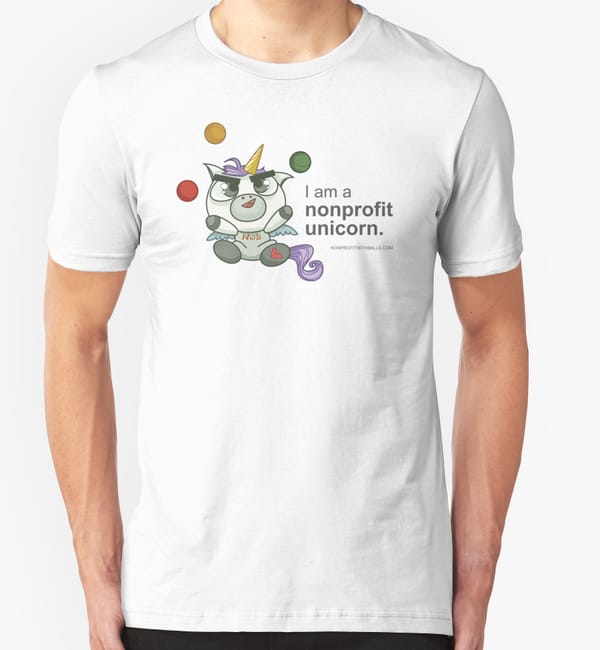nonprofit field
Nonprofit With Balls is now...Nonprofit AF!
Hi everyone. Over the past several months, I’ve been thinking of new names for this blog. It’s been an agonizing process, very similar to naming a baby. Everyone hated every potential name I came up with, for various reasons: “That’s insensitive,” “That’s boring,” “You’re infringing

